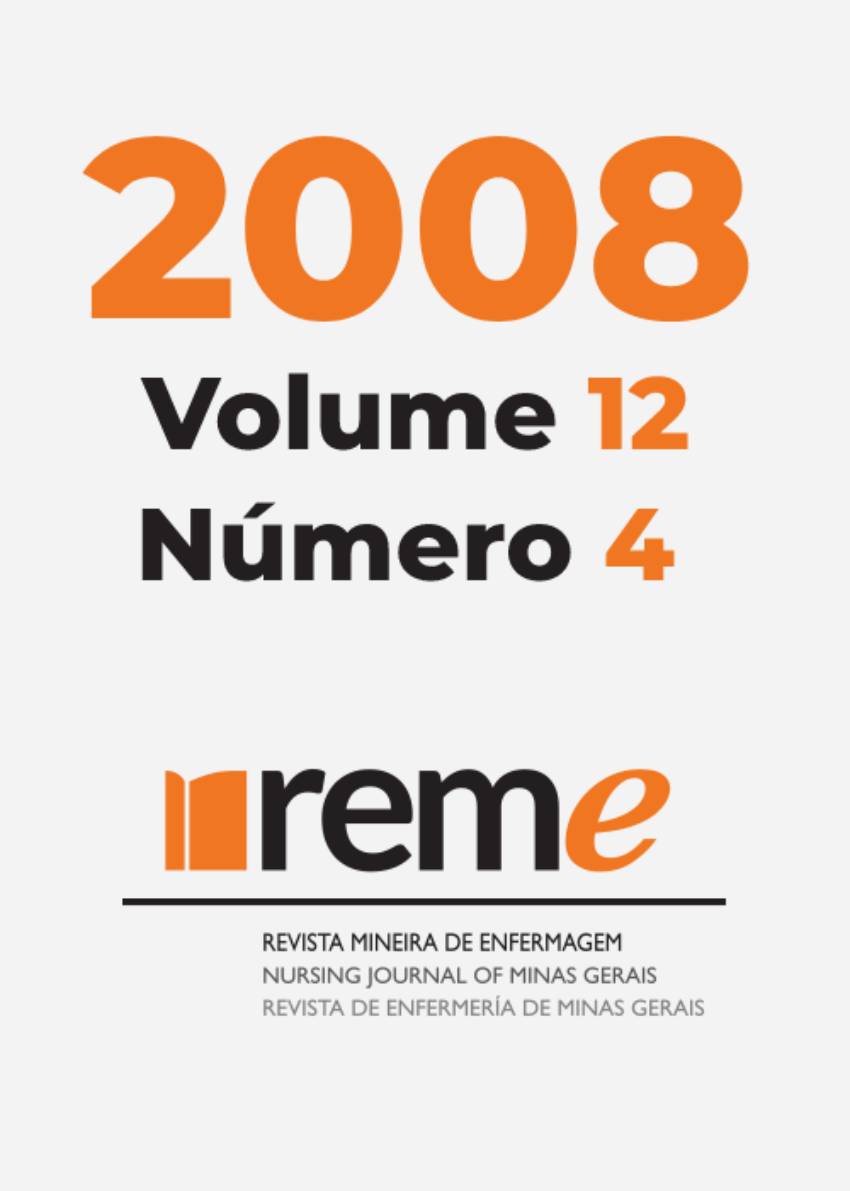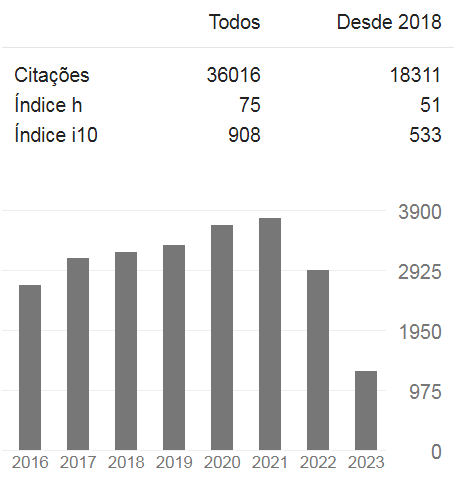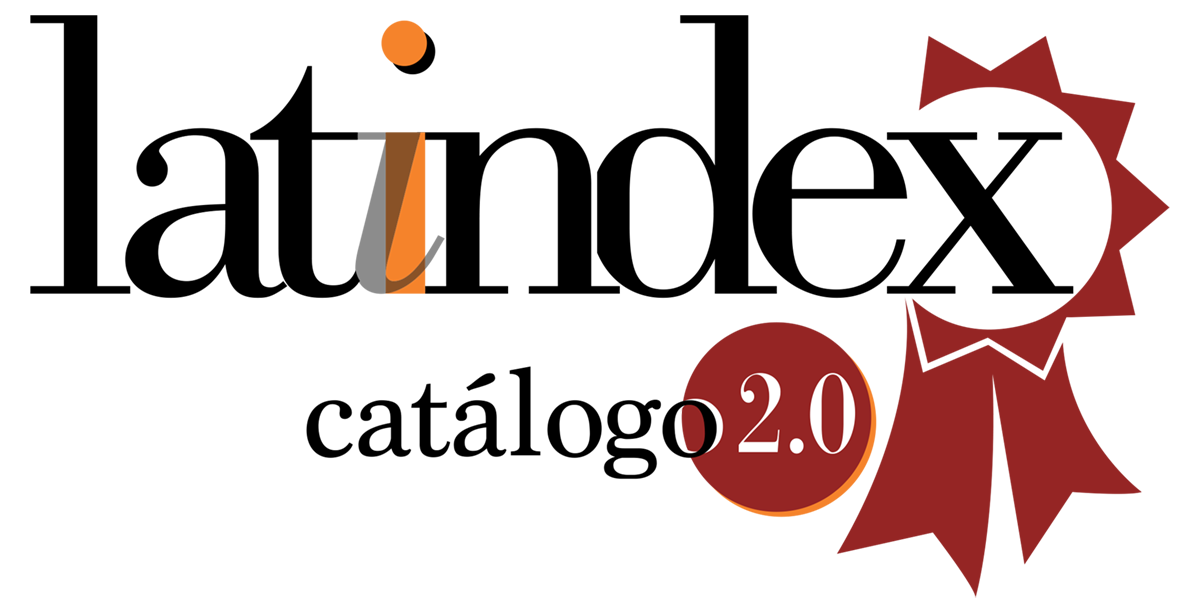Nutritional status, anthropometry, food intake and biochemical assays in the Bambuí project: a population-based study
DOI:
https://doi.org/10.35699/reme.v12i4.50583Keywords:
Anthropometry, Food Consumption, Dyslipidemias, Aged, Body Mass Index, ObesityAbstract
OBJECTIVE: To investigate the adequacy of nutritional status according to sex and age. METHODS: This is a population-based nutritional survey conducted on a random sample of 409 individuals (>18 years). A calibrated semi-quantitative food frequency questionnaire was used to obtain anthropometric, biochemical and nutrient intake data. Analysis comprised comparison tests using the nutrient adequacy ratio (NAR) in relation to BMI, age and sex. Kolmogorov-Smirnov, Mann-Whitney, Student t, Kruskal-Wallis, chi-squared, Fisher exact and Spearman correlation tests were also used. RESULTS: Changes in BMI were found in 52% of the participants. Prevalence of obesity was statistically greater among women (18.3%) and elderly people (23.2%). According to the NAR, almost 100% of the participants reported insufficient fiber, zinc, vitamin A, C and E, calcium and carbohydrate intake, regardless of anthropometric diagnosis. Regarding other nutrients, we observed that: a) iron was deficient in 90% of the women; b) vitamin B6 was deficient in 59.6% of the eutrophic individuals; 56.1% of the participants were obese and 76.9% of the elderly individuals were overweight; c) lipids and saturated fatty acids were excessive (46.2%) in elderly obese individuals; d) fatty acids intake was inadequate in elderly over weight individuals (61.5%). Regarding biochemical assays, 13.7% had high cholesterol, 20.3% had low HDL-cholesterol, 18.8% high and very high cholesterol, 23% had diminished tolerance to glucose and 3.2% had diabetes mellitus. DISCUSSION: Prevalence of nutritional disorders assessed through anthropometry, dietary intake and biochemical assays was high. Women and elderly people presented high prevalence of excessive weight with notable inadequacy of food intake as well as lipid and glycemia assays. Such findings suggest the need of differentiated healthcare actions.Downloads
Published
2008-12-01
Issue
Section
Research
How to Cite
1.
Nutritional status, anthropometry, food intake and biochemical assays in the Bambuí project: a population-based study. REME Rev Min Enferm. [Internet]. 2008 Dec. 1 [cited 2025 Apr. 25];12(4). Available from: https://periodicos-des.cecom.ufmg.br/index.php/reme/article/view/50583






































